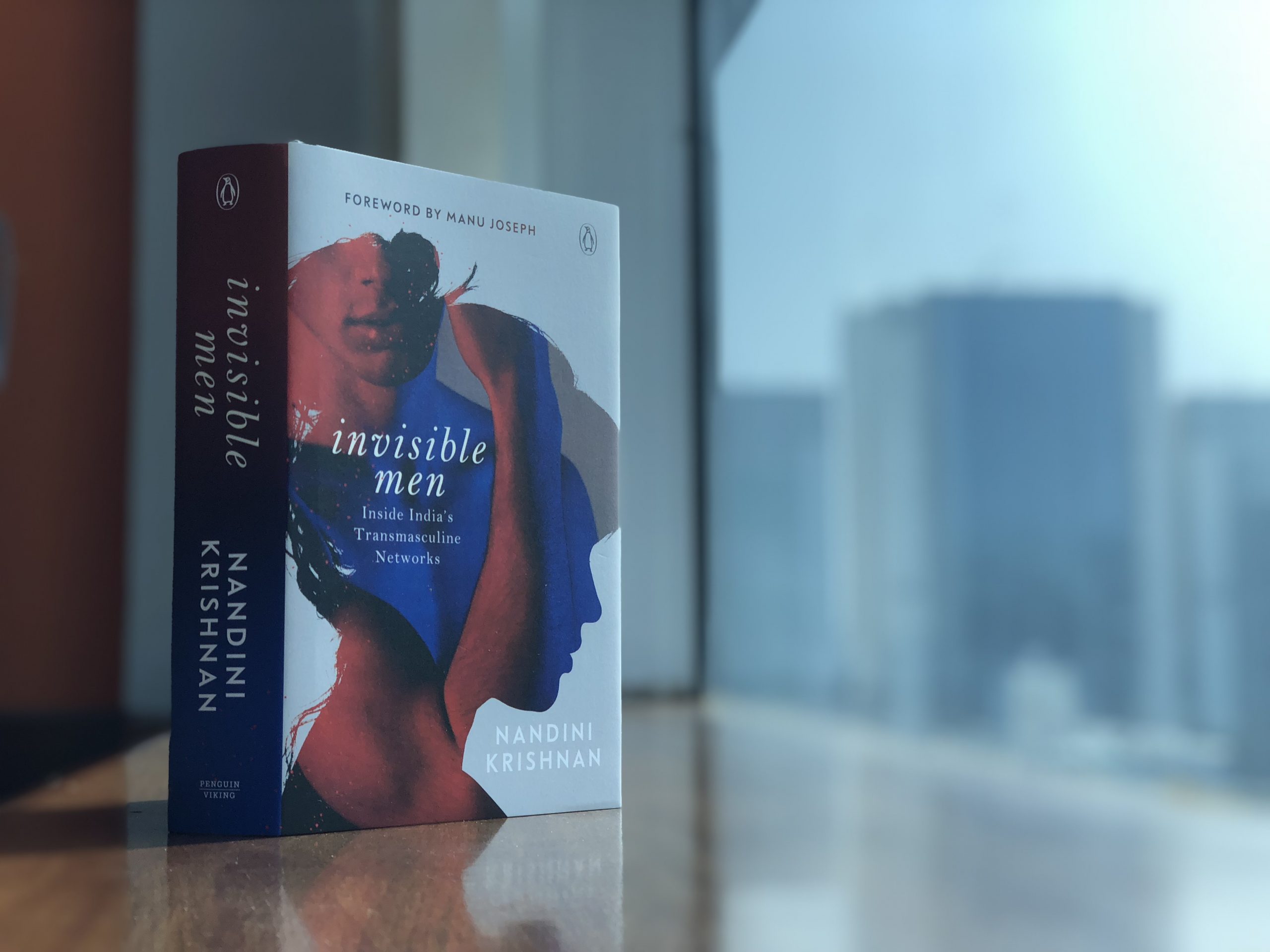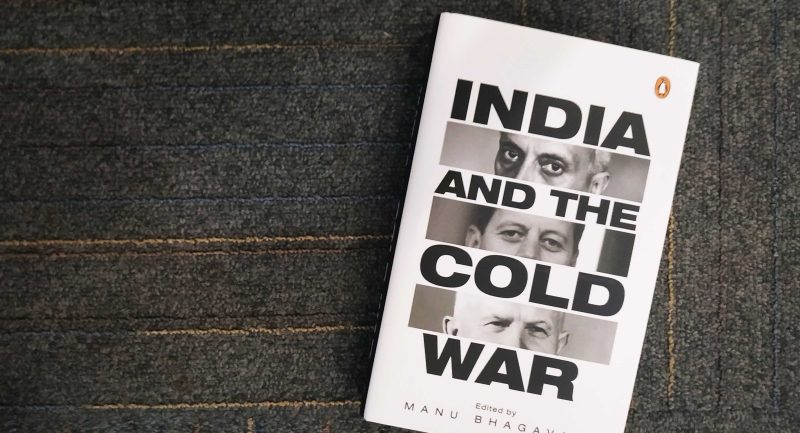
Female-to-male transgender people, or transmasculine people as they are called, are just beginning to form their networks in India. But their struggles are not visible to a gender-normative society that barely notices, much less acknowledges, them. While transwomen have gained recognition through the extraordinary efforts of activists and feminists, the brotherhood, as the transmasculine network often refers to itself, remains imponderable, diminished even within the transgender community. For all intents and purposes, they do not exist. In a country in which parents wish their daughters were sons, they exile the daughters who do become sons.
Here are 7 of the many struggles of transmen in India, quoted from Nandini Krishnan’s book, Invisible Men: Inside India’s Transmasculine Network:
Fear of the unfamiliar
While transwomen have had a peripheral presence in the public sphere, transmen have been conspicuous by their absence.
“All of us were terrified of the transwomen we encountered, at traffic signals and on beaches and on trains, clapping their hands boisterously, demanding money, and threatening to lift their skirts or feel up the boys unless they were paid.” “So alien is the concept of transmen to the world that even when I explain they are female-to-male (FTM) and not male-to-female (MTF), the typical response is a puzzled, ‘But then why do they wear saris?’”
~
The language of otherness
The alienation of transmen is further aggravated by ‘offensive’ vocabulary that floats around and enters our psyche.
“The term ‘transgender’ is largely acceptable as an umbrella term, but ‘gender change’ could be deeply offensive. To say someone was ‘trapped’ or ‘had the wrong body’ could be offensive too. I met a transman who was deeply hurt because a psychiatrist had written that he ‘suffered’ from gender dysphoria. He did not like referring to his transition as ‘treatment’, because, he said, ‘I’m not ill’.”
~
Disembodied souls or soulless bodies?
Society’s denial of non-binary gender is ruptured by misplaced curiosity that doesn’t allow any integration of form and soul.
Gee Semmalar observes “‘There’s a kind of voyeurism that is involved in piecing together our lives. We’re like lab rats. You place us on the table and you dissect us and you see what our bodies look like and how our bodies change and what surgeries are being done’.”
~
Culturally legitimized violence
“Many of them have been victims of forced marriage, even rape. Nearly all have been victims of some form of physical or emotional violence. Not one person told me he had never contemplated suicide. All of them had friends who committed suicide.”
~
The unobtainable organ
“ (…)the fact is that the gender reassignment or sex reassignment surgeries that a lot of transmen opt for are limited to uterus and ovary removal and top surgery, because the phalloplasty or the metoidioplasty for construction of a penis is not a very well-developed surgery in India. The surgery is complicated, and prohibitively expensive.”
~
The circus of certification
“If the invisibility of transmen from public life puts them at a disadvantage, their invisibility in law cripples them. Largely invisible in terms of national advocacy, they sometimes have trouble convincing officials they exist.” The Supreme Court of India “allows one to self-identify with a particular gender, irrespective of what his or her birth certificate, hormones, or surgical history say.” However, “Many have paid bribes they could barely afford to get their documents falsified.”
~
The schism within
“Several transmen told me that because the Transgender Boards (…) comprised mainly transwomen, there was some gatekeeping within the community. ‘They don’t want what is already a small piece of the pie sliced up even further, so you have transwomen putting up all kinds of hierarchies of authenticity, saying transwomen who are post-operative are the most genuine, most authentic and most deserving transwomen and at the bottom of the totem pole are transmen (…).’”
Read Nandini Krishnan’s ‘Invisible Men’ as she investigates this seismic activity and brings it up from the depths to the surface.









